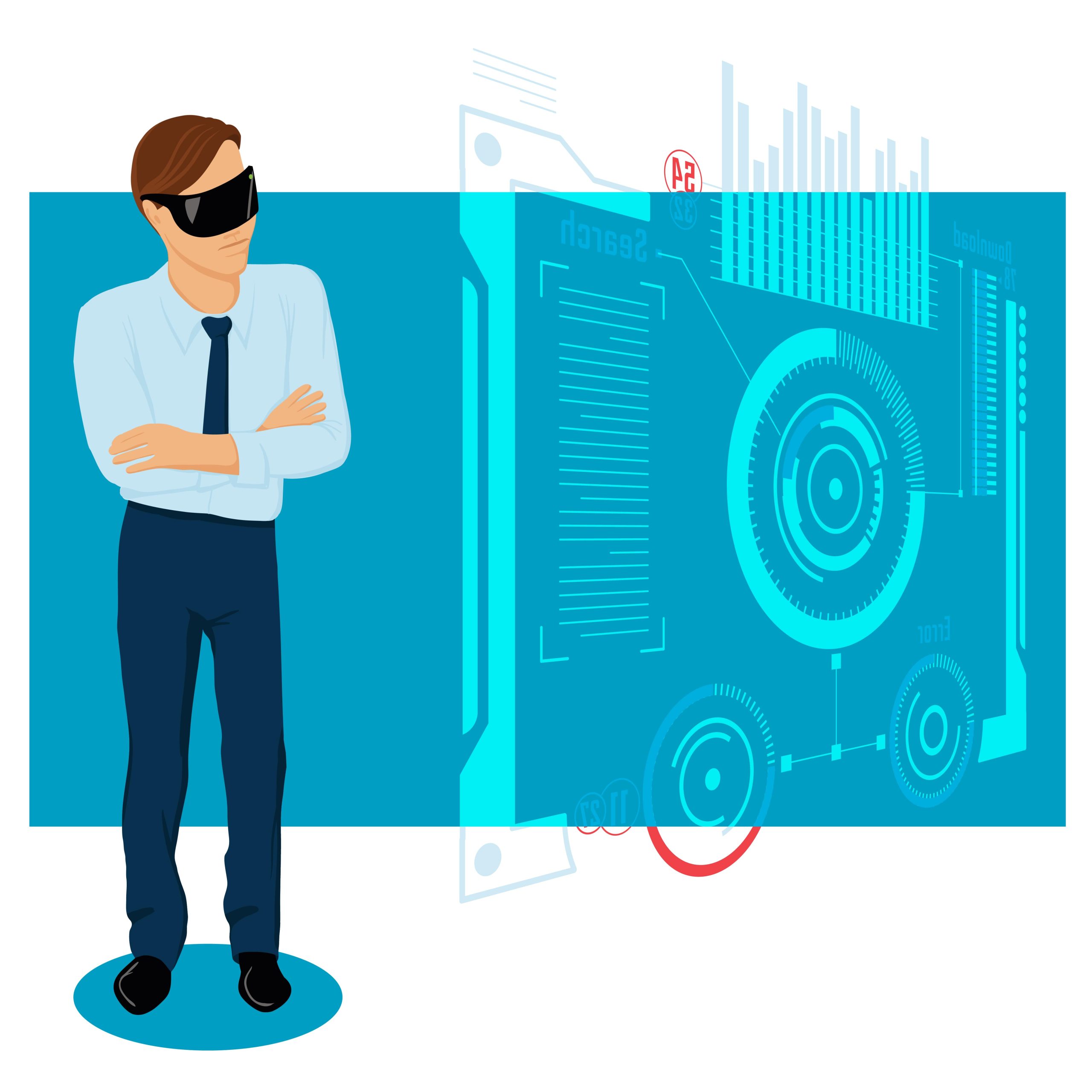In today’s digital age, Optical Character Recognition (OCR) serves as a powerful tool that links tangible paper documents to the virtual universe. Think of it as a magician transforming images containing text into a format that our gadgets can comprehend. As time has progressed, OCR has continually refined its skills, mastering the art of text identification under challenging conditions.
How OCR Works?
OCR lies in the process of meticulously reading text, discerning characters and their formations, and transposing them into a digital-friendly format. The genius of OCR is its knack for spotting patterns and making educated estimations, built on its extensive training data.
The process kicks off with a pre-processing stage: images are polished to enhance text detection. This involves removing disturbances, turning images to black and white, and adjusting any misalignment. Following this, character identification takes center stage. Here, the program discerns characters and words, contrasting them with a known character set. The journey concludes with post-processing, where any inaccuracies are set right and the final text is polished.
What are the OCR’s Advantages?
OCR’s magic is unveiled in myriad ways, benefiting both individuals and businesses. Here’s a snapshot:
- Efficiency Booster: It mechanizes data transcription, slashing time and physical labor.
- Expense Reducer: By diminishing manual input, operational costs plummet.
- Information Gateway: Converts tangible text into digital, granting easy access.
- Effortless Data Search: Simplifies the hunt for information within massive datasets.
- Treasure Keeper: Aids in converting and safeguarding invaluable historical manuscripts.
- Precision Master: Harnessing the power of machine learning, OCR’s prowess in identifying text, even if handwritten or in poor print, keeps escalating.
Broadening the Horizon of Usage
From corporate environments to heritage libraries, OCR has carved a niche for itself. Companies treasure it for mechanizing data transcription, thereby conserving both time and assets. Libraries and repositories deploy OCR for turning historical papers into digital formats, safeguarding them for posterity.
Moreover, OCR proves invaluable for those with visual challenges by transposing text visuals into audio or even Braille. Additionally, it’s pivotal in advancing Artificial Intelligence by aiding machines in decoding the visual cosmos.
A Glance at Online Platforms
Among the myriad tools at our disposal, OnlineOCR.net emerges as an easy-to-use web platform that turns images into text. Its hassle-free nature, with no installation prerequisites, ensures a smooth user journey.
Other commendable tools include ABBYY FineReader, lauded for its precision and linguistic versatility, alongside Adobe Acrobat and Tesseract, each boasting unique functionalities tailored for varied user preferences.
Peeking into Tomorrow
Given the strides in machine learning and AI, the horizon looks promising for OCR. Enhanced accuracy and faster recognition are on the cards, setting the stage for advanced applications.
OCR transcends mere technology; it’s a beacon of enlightenment, promoting information sharing and inclusivity. With its evolution, its influence will permeate various industries, democratizing data access.
Celebrating the Miracle
The transformation from image to text brought about by OCR is indeed a marvel of modern technology. By embracing OCR, individuals and businesses alike unlock a world of possibilities in terms of data management and utilization.
Via platforms like OnlineOCR.net or standalone software, OCR emerges as the key to a methodical, data-centric universe. The potential marvels it holds warrant our attention, promising both personal and occupational evolution.
































































